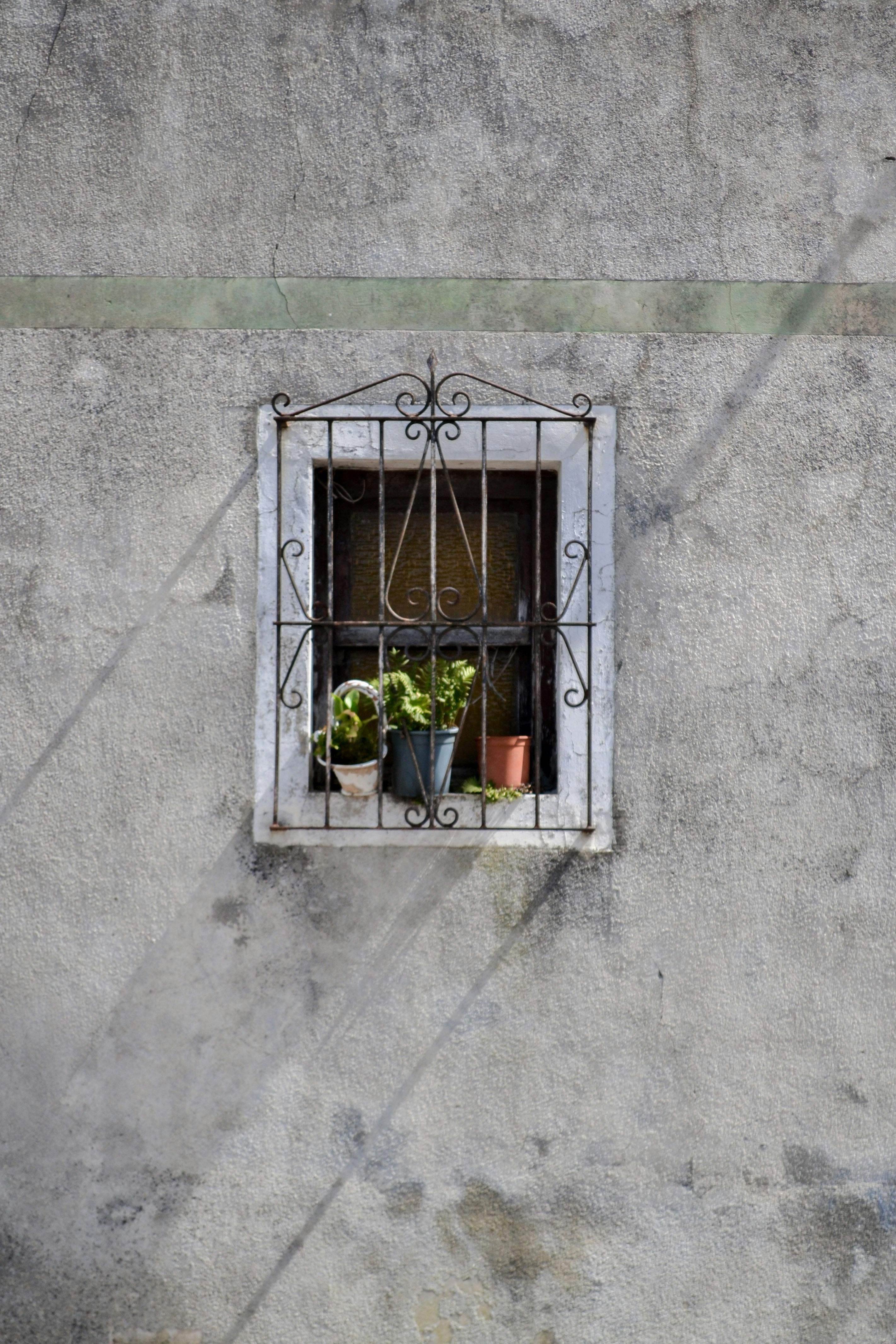If you’ve ever found yourself yearning for a personalized touch on your Windows desktop, you’re in luck! The good news is that you have the power to customize both the appearance and settings of your Windows desktop, making it uniquely yours. Whether it’s changing the background image or altering the color scheme, you can easily transform your desktop into a reflection of your personal style. So, say goodbye to the generic and hello to a desktop that truly speaks to you. Yes, you absolutely can! Windows provides a variety of customization options that allow you to personalize your desktop according to your preferences. From changing the desktop background and modifying the taskbar to customizing the start menu and adjusting display settings, there are numerous ways to make your Windows desktop reflect your style and convenience. In this article, we will explore each of these customization options in detail, guiding you through the steps to create a desktop environment that is uniquely yours.
Changing the Desktop Background
One of the simplest yet effective ways to customize your Windows desktop is by changing the background or wallpaper. By personalizing the background, you can add a touch of your own style and create a visually appealing environment. To change your desktop background, right-click on an empty space on your desktop and select “Personalize” from the context menu that appears. From here, you can choose a background image from the provided options or browse for your own. Windows also allows you to select multiple images for a slideshow effect or even use a solid color as your background.

Modifying the Taskbar
The taskbar is an essential component of the Windows desktop, and modifying its appearance and functionality can greatly enhance your productivity and accessibility. You can adjust the position of the taskbar, make it larger or smaller, auto-hide it to free up more screen space, or even change its color and transparency. To modify the taskbar settings, simply right-click on an empty space on the taskbar itself and select “Taskbar settings”. From here, you can explore various options and customize the taskbar according to your preferences.
Customizing the Start Menu
The Start menu is where you access your apps, documents, settings, and more, making it a vital part of your Windows experience. By customizing the Start menu, you can streamline your workflow and organize your frequently used apps for quick access. To personalize the Start menu, right-click on the taskbar and select “Taskbar settings”. In the taskbar settings, you will find options to customize the appearance and functionality of the Start menu. You can choose to show more tiles, resize the Start menu, or even switch to a full-screen Start experience. Additionally, Windows lets you pin your favorite apps to the Start menu for effortless access.

Adjusting Display Settings
Windows provides a range of display settings that allow you to optimize your desktop experience. You can adjust the screen resolution, change the orientation, calibrate colors, or even set up multiple monitors for an extended workspace. To access the display settings, right-click on an empty space on your desktop and select “Display settings”. From here, you can modify various aspects such as resolution, brightness, and scale to ensure your desktop is displayed precisely as you desire.
Personalizing the Lock Screen
The lock screen is the first thing you see when you log in to your Windows desktop, and personalizing it can add a delightful touch to your overall experience. Windows enables you to choose your favorite images or even a slideshow as your lock screen background. To personalize the lock screen, navigate to the “Personalization” section in the Windows Settings. Under the “Background” tab, you can select an image or a folder of images to be displayed on your lock screen.

Changing the Themes and Colors
Windows offers various themes and color schemes that transform the overall look and feel of your desktop. To change the themes and colors, go to the “Personalization” section in the Windows Settings and click on the “Themes” tab. Here, you can choose from a range of pre-installed themes or even create your own custom theme. Additionally, Windows allows you to personalize the accent color, which affects the color of buttons, menus, and other interface elements, making your desktop truly unique.
Organizing Desktop Icons
Keeping your desktop clutter-free and well-organized is essential for a productive workflow. Windows provides several options to arrange and manage your desktop icons. You can choose to align your icons to a grid, sort them by name or size, hide specific icons, or even group them into folders. To customize your desktop icons, right-click on an empty space on your desktop and select “View”. From the dropdown menu, you can explore various options to organize your icons and maintain a tidy desktop layout.
Configuring Notification Area
The notification area, also known as the system tray, is located on the right side of the taskbar and displays icons for system and app notifications. You can customize the notification area to control which icons are displayed and how they behave. To configure the notification area, click on the upward arrow on the right-hand side of the taskbar to expand the hidden icons. From here, you can select “Customize” to access the settings for each individual icon. Windows allows you to choose whether to show or hide specific icons, adjust their behavior, or even disable notifications altogether for certain apps.
Customizing Folder Options
Windows provides a range of customization options for individual folders to suit your specific needs. You can change the folder view, customize the folder icon, display hidden files, and even apply specific folder settings to all folders on your system. To customize folder options, open any folder and click on the “View” tab in the top menu. From here, you can modify settings such as icon size, sorting options, and the display of file extensions. Windows also offers a “Folder Options” menu where you can apply these settings globally.
Modifying Mouse and Touchpad Settings
To ensure smooth navigation and convenience while using your desktop, Windows allows you to customize the settings for your mouse and touchpad. You can adjust the pointer speed, enable or disable automatic scrolling, customize the mouse buttons, and even set gestures for your touchpad. To modify mouse and touchpad settings, go to the “Mouse settings” or “Touchpad settings” in the Windows Settings. From here, you can explore various options and tailor the settings according to your preference, making your interaction with the desktop more comfortable and efficient.
In conclusion, customizing the appearance and settings of your Windows desktop provides a fantastic opportunity to make your computer environment uniquely yours. By following the steps outlined in this article, you can change the desktop background, modify the taskbar, customize the Start menu, adjust display settings, personalize the lock screen, change themes and colors, organize desktop icons, configure the notification area, customize folder options, and modify mouse and touchpad settings. So go ahead and embark on the journey of personalizing your Windows desktop to create a visually appealing and productive workspace that reflects your style and preferences.